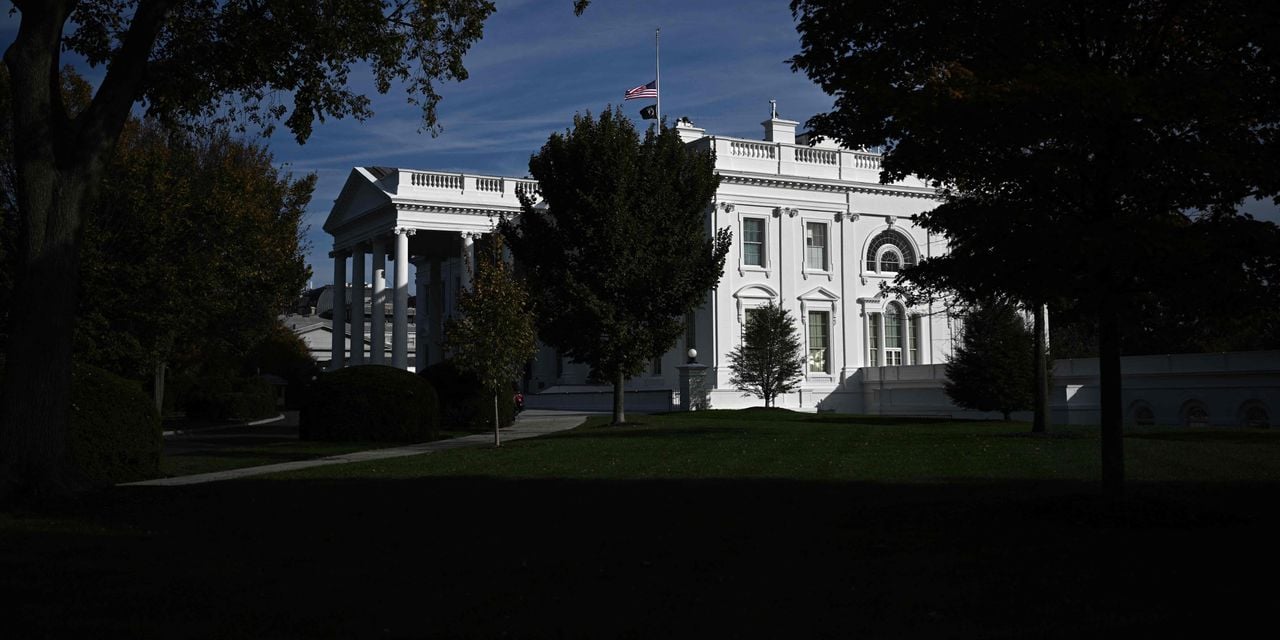The White House kicked off a multiagency push on Friday to help finance real-estate developers convert more office buildings in big cities emptied by the pandemic into affordable housing, taking aim at the nation’s housing crisis.
The initiative looks to harness an existing $35 billion in low-cost loans already available through the Transportation Department to fund housing developments near transit hubs, folding it into the Biden administration’s clean energy push.
It also opens up additional funding sources and tax incentives, offering a new guidebook to 20 different federal programs that can be tapped by developers and offers technical assistance in what can end up being tricky and expensive conversions.
A third peg of the program will see the federal government draw up a public list of buildings it owns that could be made available for sale to help bolster development.



I mean, every time I bring up this possibility, experts on this site tell me how office high rises don’t have enough plumbing or electricity and would need a major refit and that blowing up the building and rebuilding from the ground up might be less expensive than the refit.
That’s correct. Now imagine the U.S. government’s perfect corporation-boosting answer to that: give billions away to developers to just go ahead and do it anyway. Anyone opposed to it gets painted as anti-housing, most people’s attention span isn’t long enough to read the details of why it’s like lighting money on fire, and as long as corporations get richer the parties in power are guaranteed another few years in charge.
I knew there was a catch
It’s totally possible to refit office high rises for residential use. But it is a major refit (though much cheaper than rebuilding the house) and you will get rather bad flats in the end.
Double floors, double ceilings and easy-to-move plasterboard walls are great for offices, since they can change up the layout of the office extremely fast.
But in residential buildings this translates to walls that are too weak to hang stuff on them and bad sound proofing.
Not impossible to live there, but considerably worse than a high rise that was built for residential use.
This in turn doesn’t make perfect financial sense, since the owner of such a building is now not renting out expensive office spaces in good locations, but instead low-standard cheap flats.
It can be done, but it’s not something an office building owner would want to do without additional financial incentives, and then only if there is no chance that they can rent out the space as offices.
It’s even possible to do without those incentives. Or at least it was before interest rates spiked.
I know of 2 buildings in my city that were converted in the 2016-2019 timeframe.
Both had to have the interiors gutted and new interior walls built, new plumbing on the floors added, new curtain wall glass, upgraded elevators, new HVAC and upgraded electrical.
It was a multi-year project (so no revenue and plenty of expense for a couple of years), but both have full residential occupancy now, where in the several previous years they were around 50% office occupancy.
.
That said, given current borrowing costs, going without revenue for a couple of years during construction is not going to appeal to many owners unless there is some other incentives.
Just like with high rise construction, you start at the bottom and get those occupied while you work your way up.
A very specific set of stars need to align for this to be in the owner’s financial interest without additional financial incentives, but it does occur sometimes.
I’ve heard something similar, but I’m wondering if that isn’t the full story. What if it would be cheaper to tear down office skyscrapers and rebuild them as residential…but it would take an extra 10 years to do that. Their statement would be truthful, but missing the larger goal of making affordable housing in desirable locations available faster.
It’s a major redo to get plumbing, stove/dryer outlets, and individual heating control to each unit, but it’s not blow up the building difficult. Conversions are a big decision, but not difficult. (You also usually lack a balcony, which is a not so small loss for tenants.)
No balcony is pretty common in new apartment/townhouse builds now.